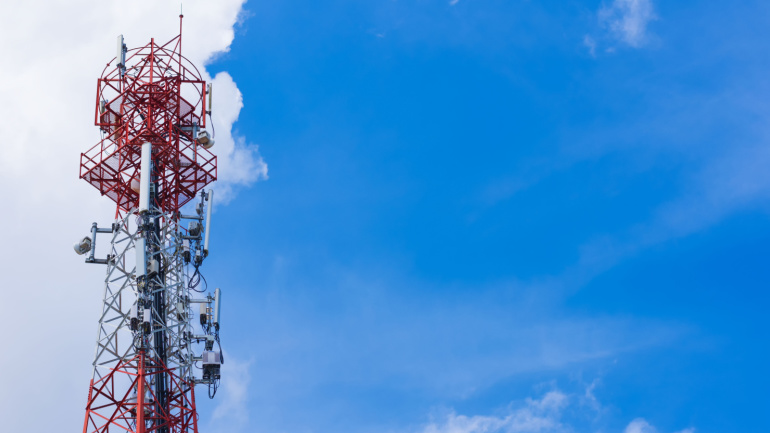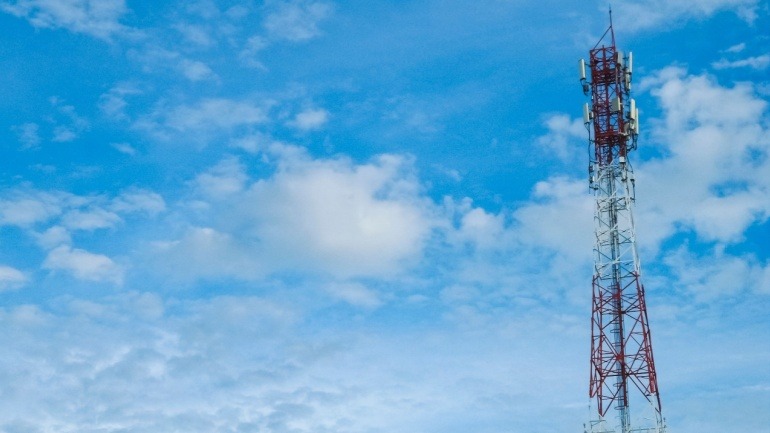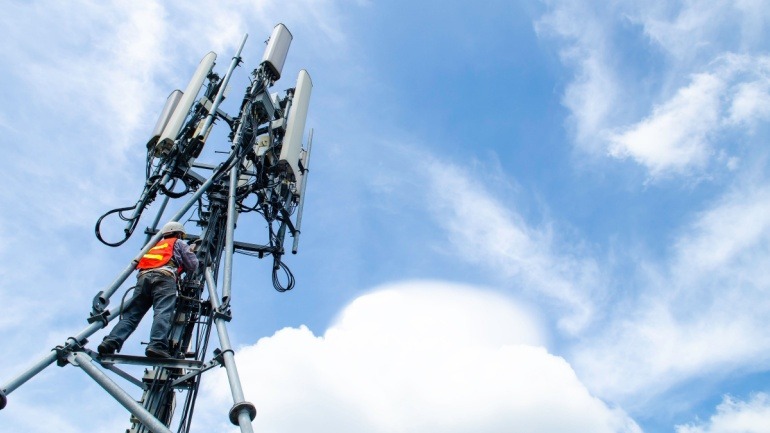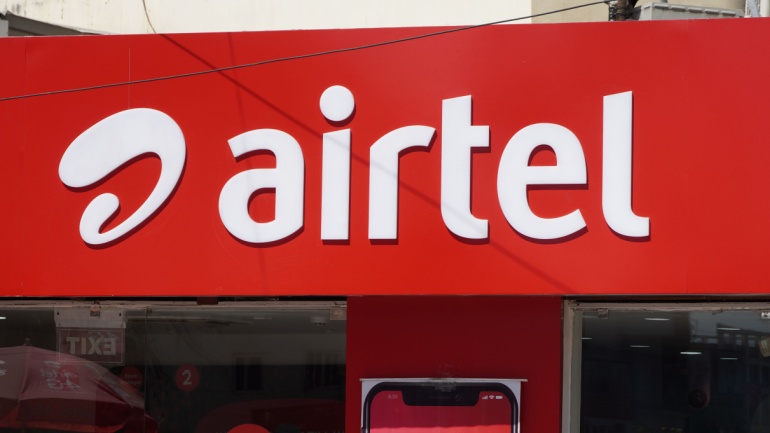In a landmark move, Zain Group, Ooredoo, and TASC Towers Holding have officially inked a definitive agreement to merge their tower assets, forming a colossal entity valued at $2.2 billion. This strategic collaboration, originating from talks initiated in July, consolidates a combined total of 30,000 towers spanning Qatar, Kuwait, Algeria, Tunisia, Iraq, and Jordan, establishing the largest tower company in the Middle East and North Africa.
Cellnex, the infrastructure titan, is considering the sale of tower assets in Austria and Ireland in a push to offload financial burdens and deepen roots in the European market. This shift in focus, triggered by last year’s UK Hutch deal completion, aims for organic growth, investment-grade rating, and debt management via strategic divestments. CEO Patuano hints future cash generation post 2027 and potential interest in bidding for Deutsche Telekom’s GD Towers business, crafting a more efficient operational blueprint.
The Philippines operator Globe Telecom has signed a memorandum of understanding (MOU) with ISOC Infrastructure Inc. and Malaysia-based tower company Edotco Group Sdn. Bhd., to support the common tower initiative of the Department of Information and Communications Technology (DICT). By entering this three-party agreement on the set-up of 150 mobile towers across the Philippines, Globe becomes the first telecommunications company to support the DICT initiative. According to Globe, unlike in most other countries, the information and communication technology (ICT) infrastructure spending in the Philippines has been left solely to the private sector, leading to huge gaps in cell site and wired broadband coverage across the country. For example, Vietnam has 90000 cellular towers compared to 17850 cellular stations in the Philippines. Furthermore, according to the latest data reports from TowerXchange, there are 34300 cellular towers in Pakistan, and 30000 sites in Bangladesh. In a statement, Globe Telecom president and CEO…
SoftBank’s $15 million investment in Sceye could revolutionize telecommunications through High Altitude Platform Station (HAPS) services. Utilizing stratospheric airships for connectivity, this venture aims to enhance VoIP communication, especially in remote areas, by 2026. This innovative approach promises improved network coverage, aligning with SoftBank’s enduring commitment to telecom advancement.
Germany’s antitrust authority has accused Vodafone and Vantage Towers of blocking 1&1’s 5G rollout by withholding promised tower access. The delay, the regulator claims, harms competition and could have been avoided.
Telus, a leading telecom operator, is considering selling a minority stake in its wireless tower portfolio, aiming to strengthen its financial position. The potential divestment of up to 49.9% of its 3,000 towers could raise over CAD 1 billion, fueling debt reduction and aligning with broader industry trends of leveraging asset sales for growth.
Indian billionaire Sunil Mittal sold a 0.84% stake in Bharti Airtel for $976 million, with 25% going to Bharti Telecom to strengthen its control. The rest was acquired by major investors like GQG Partners and Fidelity.
T-Mobile US introduces its Starlink public beta, addressing network gaps by covering over 500,000 miles where traditional networks struggle. The Starlink service ensures seamless connectivity, automatically switching networks when out of coverage.
Samsung Electronics is enhancing UScellular’s 5G network in the Mid-Atlantic with its innovative 5G technology, focusing on fixed wireless access and mobile traffic. The deployment of the 5G Compact Macro simplifies installation and delivers high-speed, low-latency service, crucial for mmWave connectivity.
France and Germany’s partnership on the 5G Autobahn to Autoroute project is creating a groundbreaking 5G corridor between Metz and Saarbrücken. This cross-border endeavor, involving renowned telecom players like Orange and Telefónica, promises to revolutionize digital infrastructure.













